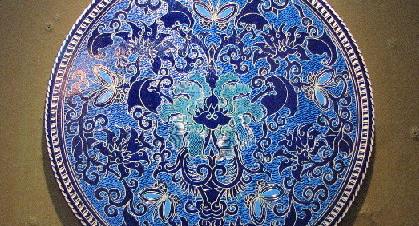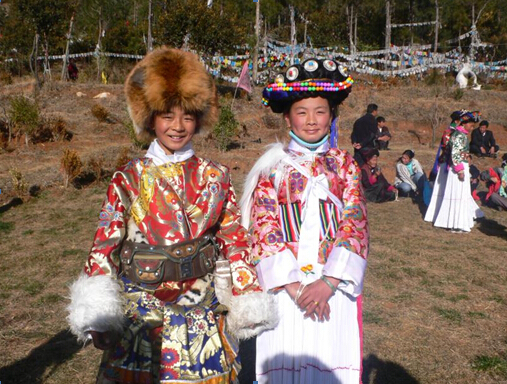Concerns about over-development of heritage sites
(China Daily)
 |
|
A memorial archway in Tangyacheng Site, Xianfeng county, Hubei province [Provided to China Daily] |
The three most representative Tusi sites, the remains of an ancient political system adopted by Chinese emperors to govern the ethnic minority regions in south-central and southwest China, were added to the list of the UNESCO World Heritage Sites on Saturday. Comments:
The World Heritage list aims to preserve historical memories, traditions and culture. As the World Heritage Committee said, the Tusi system aimed at unifying the national administration while simultaneously allowing ethnic minorities to retain their own customs and way of life. The combination of local ethnic and central Chinese features at the sites exhibits an interchange of values and testifies to imperial Chinese administrative methods. The motivation for applying for World Heritage status should be for protection rather than taking advantage of it. They can hardly be recovered once destroyed. It is our obligation and responsibility to protect ancient relics.
Xinhua Daily Telegraph, July 6
There has been a fever to apply for World Heritage status in recent years due to the tremendous social and economic benefits being listed brings. But much of the World Heritage sites on the list is threatened by too many tourists and over-development. In 2007, at the 31st World Heritage annual meeting in New Zealand, six World Heritage sites in China, including the Summer Palace, the Forbidden City and the old town of Lijiang, were warned about their over-development. We should avoid letting economic interests damage our heritage.
Red Net, July 4
The significance of the Tusi sites being listed as World Heritage lies in the fact that the public will know more about the Tusi system as an important intangible cultural heritage. The Tusi system shows ancient China's governing wisdom in dealing with multi-ethnic issues, especially in the southwestern minority regions. And the three Tusi sites are an epitome of the Tusi system, which presents the world a complete picture of the social and cultural circumstances of those times.
Nanfang Daily, July 7





